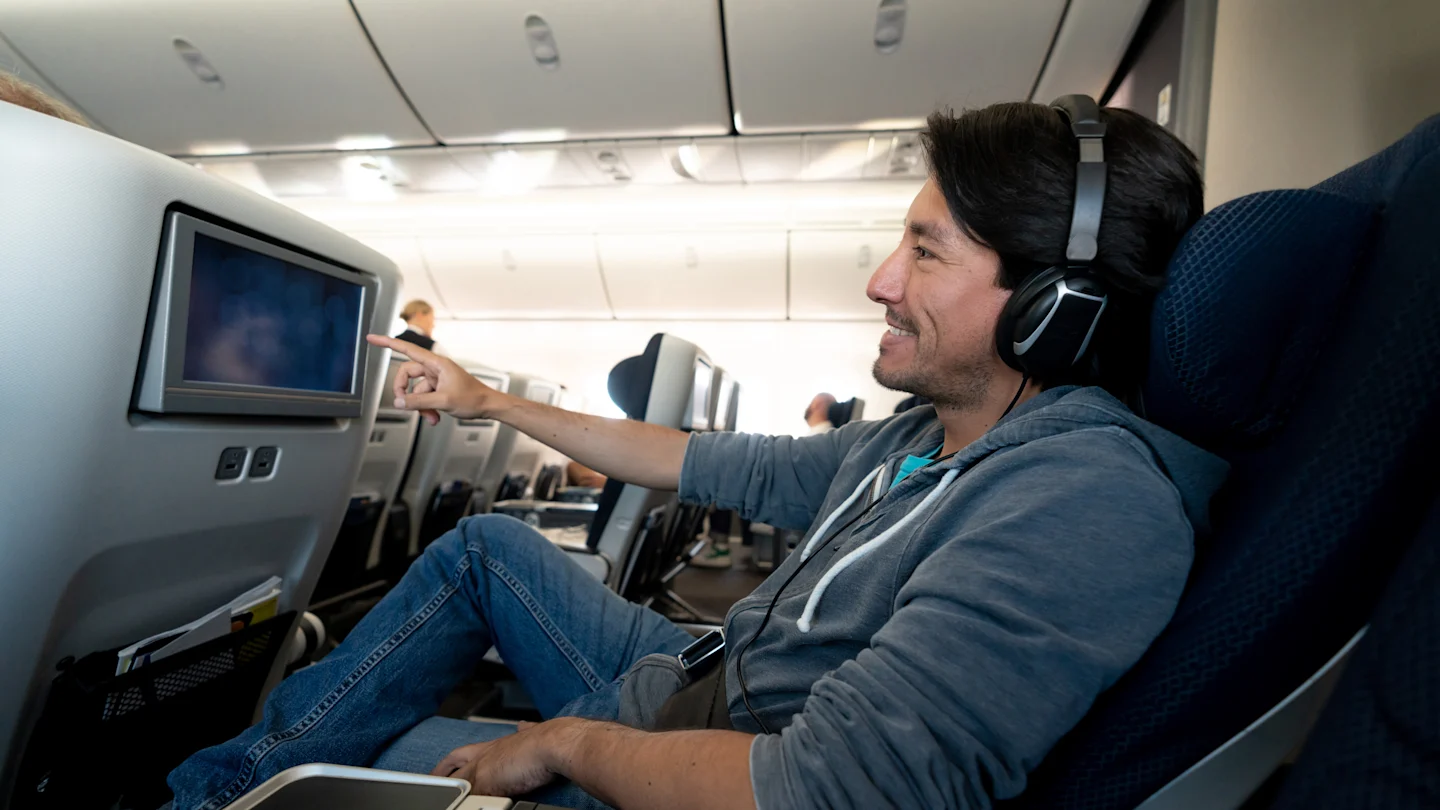
Fun, Viral Airline Safety Videos Might Actually Make Air Travel Less Safe
How did your country report this? Share your view in the comments.
Diverging Reports Breakdown
Fun, Viral Airline Safety Videos Might Actually Make Air Travel Less Safe
Researchers at Pennsylvania State University examined four airline safety videos. The videos were from Nepal Airlines, Air Mauritius, Sri Lankan Airlines, and Singapore Airlines. Most people retained less than half of the critical information from the safety-demonstration videos, the study found. The study’s authors stressed that the paper did not use real airline passengers on real planes traveling to real destinations, but it does give some indication that airlines might be better off delivering emergency instructions in a more matter-of-fact presentation rather than have their videos double as a tourism (or Hobbit) commercial. But according to the National Transportation Safety Board (NTSB), crash survivability is very high. In their review of airline accidents from 1983 to 2000, passengers had a 95.7 percent survival rate. The NTSB argues that knowing how to navigate a crash situation is of paramount importance.
Tourism Promotion May Distract From Safety Messages
A new paper from researchers at Pennsylvania State University and published in the Journal of Travel Research examined four videos from national flagship airlines that promoted tourism in their countries: Nepal Airlines, Air Mauritius, Sri Lankan Airlines, and Singapore Airlines. (Air New Zealand, which helped spark the research idea with its Tolkien-esque video, didn’t make the cut.)
Researchers recruited 214 online subjects and requested they each watch one of the four videos before taking a true-or-false quiz that tested their memory of the safety information given. On average, respondents could only answer two of the five questions correctly.
Straightforward, but effective. | Westend61/GettyImages
The quiz wasn’t terribly difficult, either. (“True or false: If you have a child, put on the oxygen mask for your child first.”) While such retention is typically poor for the videos, it was roughly 11 percent worse when the footage was trying to double as a promotional video for tourism.
“It seems that there is a tradeoff between engaging content and remembering safety instructions,” Dr. Bing Pan, professor of recreation, park, and tourism management at Penn State, said in a statement. “It is possible that exciting local images distract people from the safety messaging. This may be why they remembered less of the important information.”
Do Airline Safety Videos Make a Difference?
Overall attitudes toward airline safety videos is a bit of an open question. Frequent travelers may ignore them altogether; others may pessimistically assume that in the event of a crash, nothing is going to help. But according to the National Transportation Safety Board (NTSB), crash survivability is very high. In their review of airline accidents from 1983 to 2000 [PDF], passengers had a 95.7 percent survival rate. Knowing how to navigate a crash situation is, the NTSB argues, of paramount importance.
“In addition to aircraft design, passenger education plays a crucial role in increasing occupant survival,” the paper stated. “The FAA requires that passengers receive a preflight briefing and safety card regarding aircraft safety systems. However, many airplane occupants do not pay attention to the preflight briefing, and more than two-thirds never examine the safety briefing card.”
Airlines began moving away from stoic safety videos circa 2007, with some turning to animation, celebrities, or themes in the hopes of both engaging restless travelers and going viral online. Air New Zealand’s 2014 video, which featured Elijah Wood and was directed by Taika Waititi, has been viewed over 25 million times on YouTube. (The videos are bound by FAA regulations to impart the same key safety information.) But the Penn State study demonstrates they might be a little too entertaining.
“Most people retained less than half of the critical information from the safety-demonstration videos, so everyone really needs to pay attention to safety demonstrations—whether or not those videos are engaging,” Yaqi Gong, a doctoral candidate in recreation, park, and tourism management and the paper’s first author, said. “You may think you know the safety information, but our data shows there is a good chance you do not. So, please watch the safety demonstration. It could save your life.”
The study’s authors stressed that the paper did not use real airline passengers on real planes traveling to real destinations, which could obviously influence both their attention to safety detail and recollection of it. But it does give some indication that airlines might be better off delivering emergency instructions in a more matter-of-fact presentation rather than have their videos double as a tourism (or Hobbit) commercial.
Read More About Travel:
Source: https://www.mentalfloss.com/live-smarter/travel/fun-airline-safety-videos-are-less-safe
